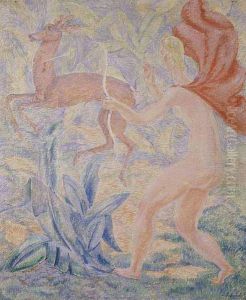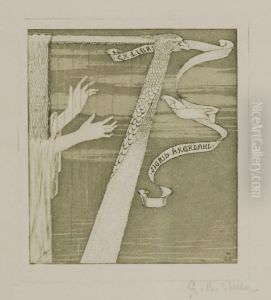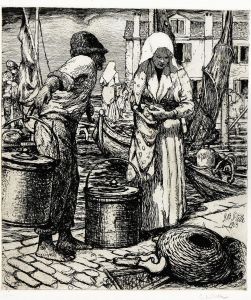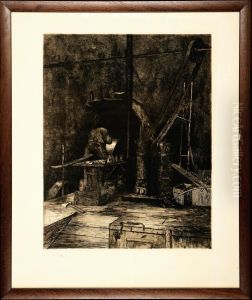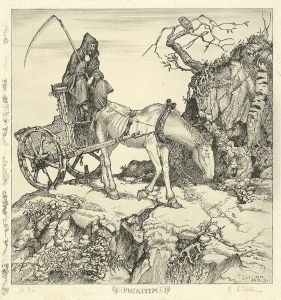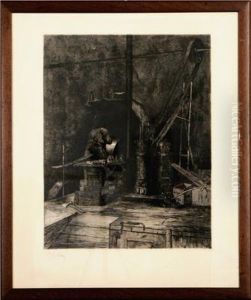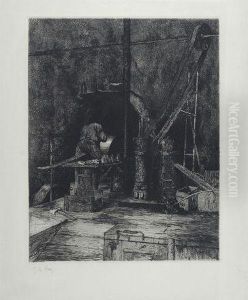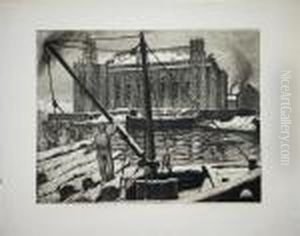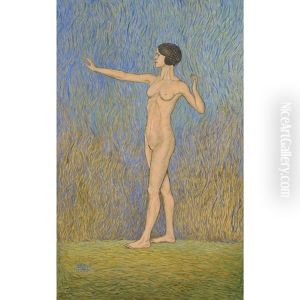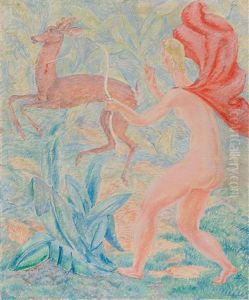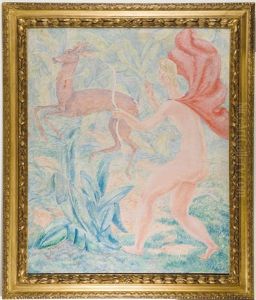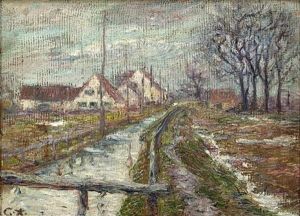Guido Balsamo Stella Paintings
Guido Balsamo Stella was an Italian artist born on November 5, 1879, in Sanremo, Italy. He is known for his contributions to painting, sculpture, and graphic art. Balsamo Stella studied at the Accademia Ligustica di Belle Arti in Genoa and later at the Accademia di Belle Arti di Brera in Milan. His education under notable artists of the time influenced his early work, which was characterized by a blend of classical and Art Nouveau styles.
In the early 20th century, Balsamo Stella traveled to Paris, which was then the epicenter of the art world. There, he was exposed to the burgeoning avant-garde movement and interacted with many artists who would go on to shape the course of modern art. His work from this period began to show the influences of Symbolism and Divisionism, and he started to gain recognition for his innovative approach to light and color.
Upon returning to Italy, Balsamo Stella continued to develop his distinctive style, which often featured allegorical and mythological themes. He participated in various national and international exhibitions, such as the Venice Biennale and the Rome Quadriennale. His work was well received, and he garnered several awards and honors throughout his career.
Balsamo Stella was also active in teaching and served as a professor at the Accademia di Belle Arti di Brera, where he had once been a student. He influenced a new generation of Italian artists, sharing his passion for both traditional techniques and contemporary artistic exploration.
During the 1930s, Balsamo Stella's work became more focused on public commissions and monumental art, reflecting the political climate of Italy under Fascism. He created various frescoes and sculptures that echoed the regime's call for a return to classical grandeur and nationalistic themes.
Guido Balsamo Stella's career was cut short by his untimely death on November 5, 1941, in Milan. His legacy endures through his diverse body of work, which continues to be studied and appreciated for its technical skill and unique blend of traditional and modern elements. He remains an important figure in the history of Italian art, bridging the gap between the 19th-century artistic traditions and the modernist movements of the early 20th century.
